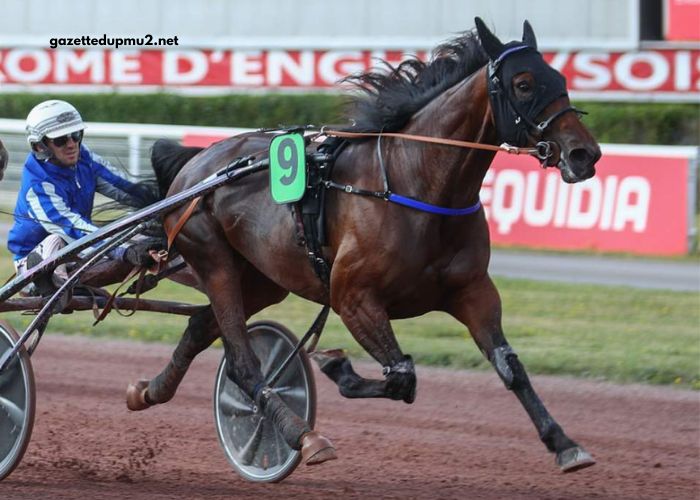Music, an integral part of human culture, has undergone a profound transformation in the way it is produced, distributed, and consumed. From the analog warmth of vinyl records to the convenience of digital streaming, the journey of music technology reflects broader changes in society and technology. Explore a wide range of movies and TV shows on SDMoviesPoint2. Stream or download your favorite content in high quality for an unparalleled viewing experience.
The Era of Vinyl Records
The story begins with vinyl records, which became the dominant format for music consumption in the mid-20th century. Vinyl offered a tangible, physical connection to music. Collectors cherished album covers, liner notes, and the ritual of placing a record on a turntable. The analog sound of vinyl, with its characteristic warmth and depth, is often described as more “natural” compared to digital formats.
Despite its nostalgic appeal, vinyl had limitations. Records were prone to scratches, warping, and degradation over time. Furthermore, the production and distribution of vinyl were resource-intensive, requiring significant materials and logistics.
The Advent of Magnetic Tape and Cassettes
In the 1960s and 70s, magnetic tape technology gave rise to cassette tapes. Cassettes were more portable and durable than vinyl records, allowing music lovers to create mixtapes and enjoy music on-the-go with devices like the Sony Walkman. This period also saw the rise of home recording and an increased personal connection to music through the creation of custom playlists.
However, cassettes were not without their flaws. The sound quality was generally lower than that of vinyl, and tapes could easily get tangled or degrade over time.
The Digital Revolution: CDs and MP3s
The late 20th century brought about a seismic shift with the introduction of the compact disc (CD). CDs offered superior sound quality, durability, and storage capacity compared to vinyl and cassettes. They quickly became the preferred medium for both consumers and the music industry.
The digital revolution truly gained momentum in the 1990s with the advent of the MP3 format. MP3s allowed for music to be compressed without a significant loss in quality, making it possible to store large collections of music on personal computers and portable devices. This era saw the rise of file-sharing services like Napster, which, despite legal controversies, demonstrated the public’s appetite for digital music access.
The Age of Digital Streaming
The 21st century has been defined by the rise of digital streaming services such as Spotify, Apple Music, and Tidal. These platforms have revolutionized music consumption by offering instant access to vast libraries of music. For a monthly subscription fee, users can listen to millions of songs on demand, create and share playlists, and discover new music through algorithm-driven recommendations.
Streaming has democratized music distribution, allowing independent artists to reach global audiences without the need for traditional record label support. The impact on the music industry has been profound, shifting revenue models from album sales to streaming royalties.
The Cultural Impact
Each technological advancement has influenced not only how we consume music but also how music is created and distributed. Vinyl records and their large covers became canvases for iconic album art. The portability of cassettes and CDs changed listening habits, making music a constant companion. The digital era’s convenience has led to an explosion of music discovery and sharing, fostering global musical trends and genres.
Moreover, the rise of streaming has prompted debates about artist compensation and the value of music in the digital age. While streaming provides unprecedented access, it has also challenged traditional notions of album ownership and artist revenue streams.
Conclusion
The evolution from vinyl records to digital streaming encapsulates a broader narrative of technological progress and cultural change. Each phase has brought its own set of advantages and challenges, shaping the way we experience music. As technology continues to evolve, so too will the landscape of music consumption, promising new innovations and ways for music to enrich our lives.





